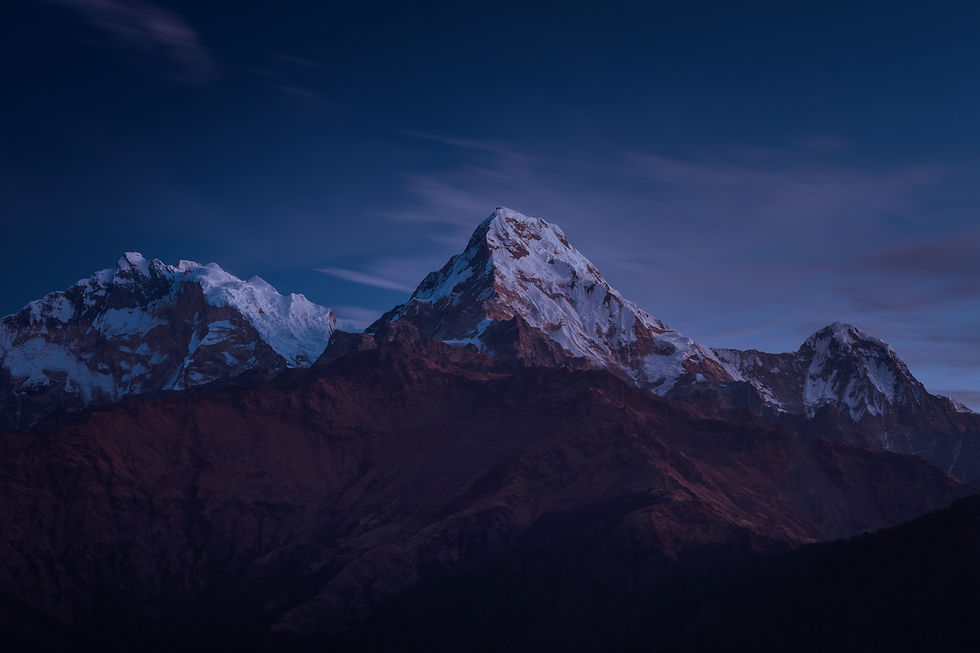Baroque Conversations: Vivaldi and Scarlatti in Dialogue

Valletta Baroque Ensemble
Performers Sarah Spiteri - Violin 1 Tatjana Chircop
Marcelline Agius - Violin 2
Sonia Mallia
Matthew Fenech - Viola Joseph Mallia
Simon Abdilla Joslin - Cello Ruth Verona
Marco Agnetti - Double Bass
Tom Armitage - Harpsichord
Pablo Zapico - Lute
John McDonough - Recorder
Clara Galea
Programme
A Vivaldi Concerto for strings in D major RV 121
Allegro – Adagio – Allegro
A Scarlatti Sonata for 2 recorders, 2 violins and continuo in A major
Grave – Allegro – Minuet
A Vivaldi Concerto for strings in G major RV151 – ‘Sinfonia all Rustica’
Presto – Adagio – Allegro
A Scarlatti Sinfonia avanti la Serenata ‘Clori, Dorino e Amore’
Largo – Allegro – Minuet - Grave
A Vivaldi Viola d’amore and Lute concerto RV 540
Allegro – Largo – Allegro
Sarah Spiteri – viola d’amore
Pablo Zapico - lute
A Scarlatti Concerto Grosso in C major R 533.11
Spiritoso – Lento – Allegro – Adagio – Allegro
Programme Note
Baroque Conversations: Vivaldi and Scarlatti in Dialogue
Tonight’s programme brings together the music of Antonio Vivaldi (1678–1741) and Alessandro Scarlatti (1660–1725)—two giants of the Italian Baroque whose paths never crossed directly, but whose musical legacies offer a fascinating study in contrast and complement. Both were prolific, inventive, and deeply influential, yet they approached composition from different angles: Scarlatti was primarily a composer of vocal music, operating at the heart of the Neapolitan operatic tradition, while Vivaldi, though also an opera composer, is best known for revolutionising instrumental music, particularly the concerto.
The works presented tonight span an impressive range of forms and colours. Vivaldi’s string concertos—RV 121 and the vivid Concerto alla Rustica—demonstrate his rhythmic energy, inventive textures, and ear for theatrical drama even without a stage. His remarkable Concerto for Viola d’amore and Lute explores a more intimate sound world, with its pairing of two rare and delicate instruments in a dialogue rich with contrast and subtlety. Scarlatti, by contrast, brings a vocal sensibility to his instrumental writing. His Sonata for Two Recorders and Two Violins is a masterclass in textural interplay and lyrical grace, while the Sinfonia from his serenata Clori, Dorino e Amore channels the expressive pacing and structural clarity of operatic overtures. The Concerto Grosso in C major shows Scarlatti working in the Roman tradition of Corelli, blending nobility with melodic warmth and carefully balanced contrast between soloists and ensemble.
What unites the music of Vivaldi and Scarlatti is a shared theatrical imagination, even in their instrumental works. Both composers treat instrumental textures as dramatic characters, using contrast, ornamentation, and dynamic shifts to evoke mood and movement. Scarlatti brings the clarity and balance of vocal style to his instrumental writing, while Vivaldi imbues his concertos with narrative energy and dramatic pacing borrowed from the stage.
Tonight's programme offers not only a rich variety of sonorities and forms—from sinfonias and sonatas to concertos and concerti grossi—but also a snapshot of the diverse yet interconnected voices of the Italian Baroque. Through their different approaches, Scarlatti and Vivaldi offer us two sides of the same coin: music that is as intellectually engaging as it is emotionally compelling.
About The Valletta International Baroque Ensemble The Valletta Baroque Ensemble was launched in December 2012. Its inaugural concert, featuring Dame Emma Kirkby, was an early milestone in a journey which had started over a meal between musician friends. Someone lamented the lack of a specialist group to perform the rich repertoire of Maltese baroque works and suggested that it would be great to set up such an ensemble. What begins in jest often ends in earnest, and this playful proposal led to the birth of the Valletta Baroque Ensemble, a group committed to historically informed performances on original instruments of Renaissance to early Baroque music.
The group’s acronym – ViBE – is remarkably appropriate, since the ensemble brings together leading and upcoming musicians who enthusiastically breathe life into jewels of early music. The Valletta Baroque Festival, of which ViBE is the resident ensemble, provides the group with an important and prestigious platform, and has led to memorable concerts including, in recent years, performances of large-scale works such as Händel’s Water Music and Music for the Royal Fireworks, Claudio Monteverdi’s Vespro della Beata Vergine, the Biber Requiem, Handel’s Messiah, Dettingen Te Deum and Belshazzar, Buxtehude’s Membra Jesu Nostra, Bach’s St John’s Passion and Stradella’s San Giovanni Battista.
Apart from its participation in other seasonal events and festivals, VIBE organizes standalone concerts of Renaissance and Baroque works, with a particular emphasis on music by Maltese composers including Girolamo Abos, Giuseppe Balzano, Mikiel Anġ Vella and other composers whose scores are held at the Mdina Cathedral archives. ViBE has brought this repertoire to the international stage, particularly during a 2017 European tour which saw the group perform Maltese baroque music in Madrid, Berlin and Paris and in Belgium for the Intra Muros Festival 2022.
The group has worked and performed alongside leading world authorities in the early music field including Steven Devine, Catherine Martin, Mahan Esfahani, Stefano Molardi and Christian Curnyn. ViBE also has an ongoing collaboration with KorMalta, Malta’s National Choir, with whom they have performed major works and bespoke projects.




